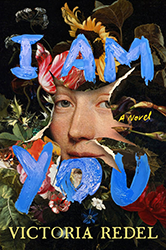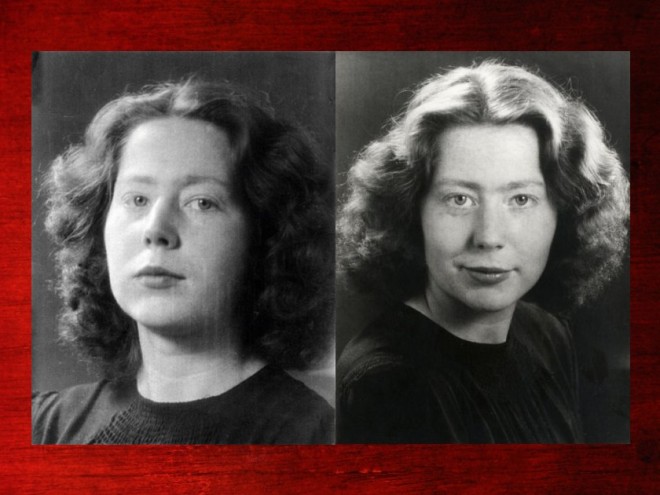Lesbian desire — and obsession — unfold in late 1930s Amsterdam, in Dola de Jong’s novel The Tree and the Vine. First published in 1954 in the Netherlands and subsequently translated into English in 1961 by Ilona Kinzer; the novelwas reissued by The Feminist Press in 1996 with an afterword by noted lesbian literary critic Lillian Faderman. Faderman praised the novelfor its development of “dimension in the characters and power in their stories.” Now, twenty-five years later in a different literary and cultural landscape, The Tree and the Vine has been translated by Kristen Gehrman.
Bea, the narrator, and Erica, her love interest, meet through a mutual friend; Bea is “instantly attracted to her” and the two become, of necessity, roommates in Amsterdam. Erica is a rake, enjoying multiple intimacies with women, including serious girlfriends, while Bea looks on — tortured, confused, and unable to claim her desire for Erica or any woman. Bea and Erica’s thwarted love story unfolds as a cat and mouse hunt. Their unexplored desire follows a template of lesbian pulp novels. Called pulps because of their format — printed as mass market paperback books on pulp (cheap) paper — and popular in the United States during the 1950s, these novels featured lesbian characters doomed to suicide or reformation into happy heterosexuals. Some pulp novels continue to be favorites of lesbian readers, including Ann Bannon’s Beebo Brinker chronicles and Patricia Highsmith’s The Price of Salt (which broke with the tradition and included a happy ending and was adapted recently as the motion picture Carol), but many of these novels have fallen into obscurity because of their stock characters and lack of compelling explorations of lesbian life for contemporary readers. The Tree and the Vine, while rooted in the pulp novel tradition, speaks more powerfully to Djuna Barnes’s modernist classic, Nightwood, and should appeal to readers today. Bea and Erica have the electric chemistry of Barnes’s Robin Vote and Nora Flood; they are willful, reckless, and fully aware of their power as women.
Bea narrates the story from the safety of her 1950s residence in the United States, but the impulsiveness of her younger self permeates the novel — with the failure of her ability to grasp the pleasure and danger of a relationship with Erica. The repression of lesbianism operates metaphorically in a broader sense of denial of the self, and youthful ignorance and regret. Eventually, this hunt for an unsuppressed sexuality between the two women yields to a broader urgency for escape as the Nazis’s invasion of the Netherlands approaches and Erica reveals that she is half-Jewish. The intertwined sexual and political intrigue make The Tree and the Vine a tightly plotted tour de force and a significant mid-twentieth century novel, exploring lesbian desire and the nature of our shared human condition.
Julie R. Enszer is the author of four poetry collections, including Avowed, and the editor of OutWrite: The Speeches that Shaped LGBTQ Literary Culture, Fire-Rimmed Eden: Selected Poems by Lynn Lonidier, The Complete Works of Pat Parker, and Sister Love: The Letters of Audre Lorde and Pat Parker 1974 – 1989. Enszer edits and publishes Sinister Wisdom, a multicultural lesbian literary and art journal. You can read more of her work at www.JulieREnszer.com.





